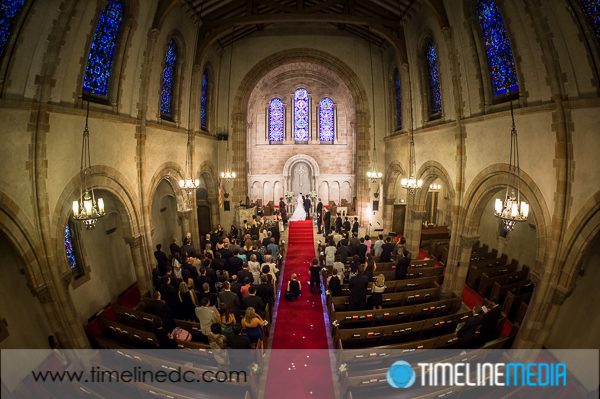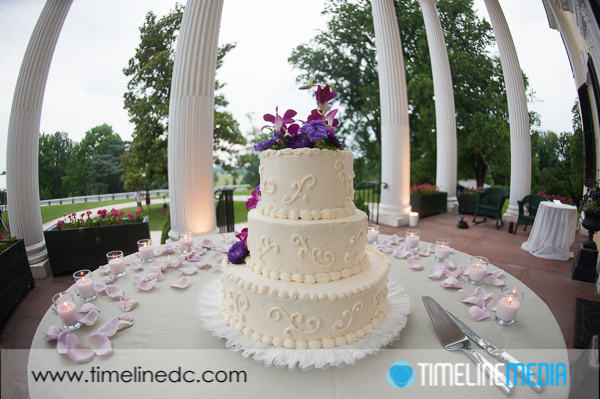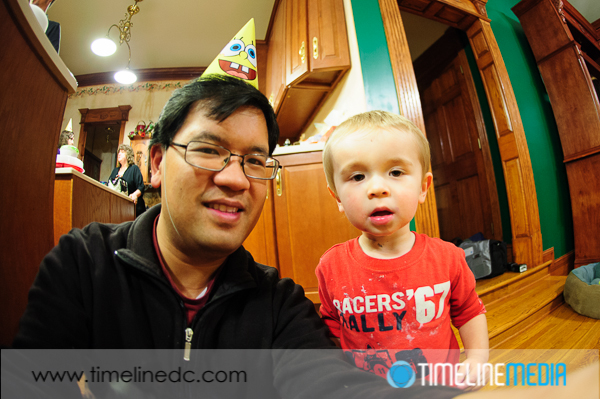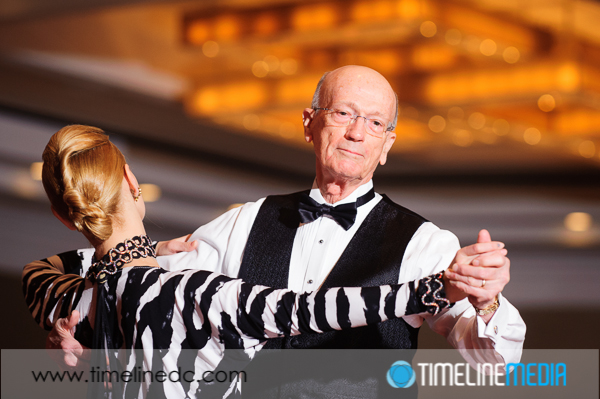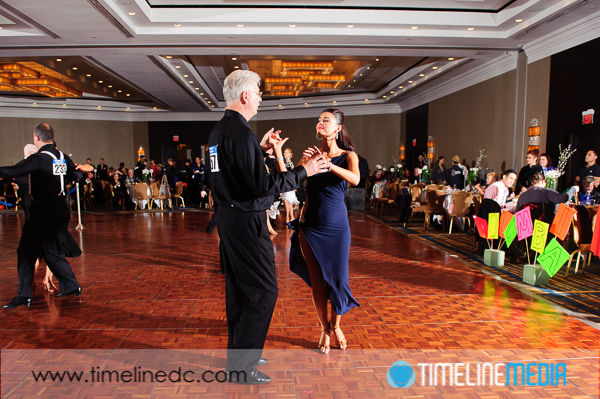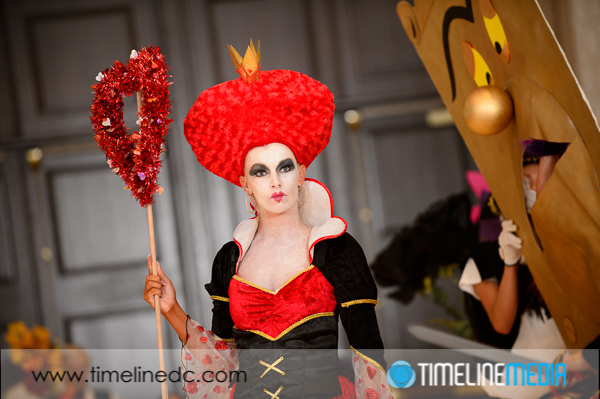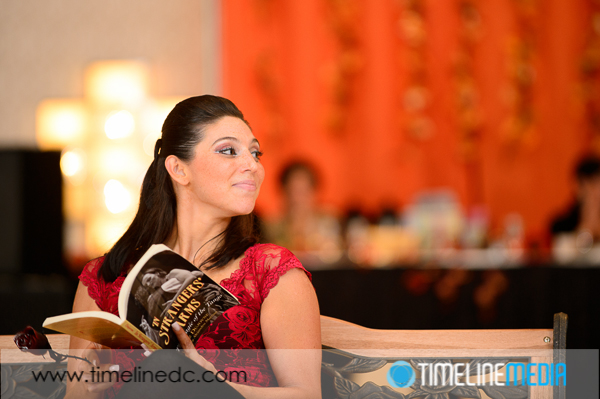
For today’s Tech Thursday post, I wanted to go to the opposite side of the focal length scale. Last time, I posted about the 70-200mm f/2.8 lens. This is by far the longest lens I use on a regular basis. One of the widest lenses that I have is the 16mm Fisheye lens from Nikon. This is undoubtedly an extremely wide-angle lens. In sum, it allows for a complete 180-degree field of view in the camera frame. This is one piece of camera gear that is overused by photographers when they first get their hands on it. You definitely need to get this out of your system with interiors and landscape images. Here is an example of a shot with the Fisheye lens from the balcony of a church overlooking a wedding ceremony.
Wedding Photography
These make nice scene setting images for wedding albums. These are suited for photos where people faces are not prominent. The bowing of the image at the sides do not make this a good portrait lens. No one likes to be the curved/distorted one at the edge of a fisheye image! The wide field of view allows you to put lots of elements into a frame without resorting to a lot of post-production work to combine images. Here is another wedding image to put the cake in it’s complete setting.
The characteristic fisheye distortion is clearly seen in the columns. You will notice that the distortion is not as bad through the center of the picture. Place your subject as close to the middle of the frame to reduce the effect of the lens on your subject. This makes it challenging to keep the rule-of-thirds in the frame, but that is normal with these extreme lenses. If you do not want to have the curvature in the image, this can be corrected easily with software. In Adobe Lightroom 4, there is a lens correction feature that will fix the distortion in the image with a few clicks. I took a photo of the Jefferson Memorial in Washington, DC and corrected it Lightroom. Here are both the corrected and uncorrected versions of the photo:
Washington, DC
Now the angles have all been straightened, and the photo looks more “normal”. But you have the added benefit of having more of the area in the photo than is possible with a straight or rectilinear lens. Give these lenses a try next time you are thinking of visiting somewhere large expanses of views, or enourmous ceiling heights. They can be a lot of fun!
TimeLine Media – www-timelinedc.com
703-864-8208

